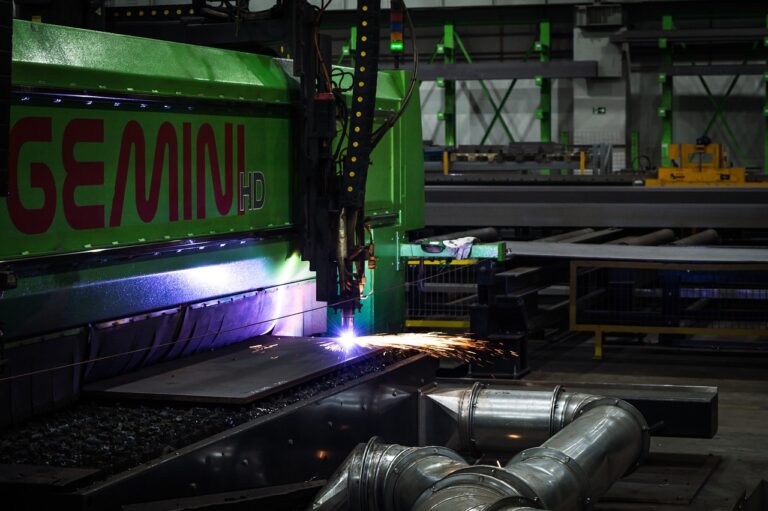The Role of Civil Engineers in Green Infrastructure Design
bet book 250.com, radhe exchange login, yolo247 club login: Civil engineers play a crucial role in designing and implementing green infrastructure projects that promote sustainability and environmental conservation. Green infrastructure refers to the use of natural elements and processes to manage stormwater, reduce pollution, and enhance urban ecosystems.
As cities continue to grow and face challenges related to climate change and population growth, the role of civil engineers in green infrastructure design becomes increasingly important. By integrating nature-based solutions into the built environment, civil engineers can help create more resilient and sustainable communities.
Here are some key ways in which civil engineers contribute to green infrastructure design:
1. Stormwater Management
One of the primary objectives of green infrastructure is to manage stormwater runoff and reduce the risk of flooding. Civil engineers design green infrastructure systems such as green roofs, rain gardens, permeable pavements, and bioswales to capture and infiltrate rainwater, allowing it to slowly percolate into the ground and recharge groundwater resources.
2. Biodiversity Conservation
Green infrastructure projects can help enhance biodiversity by creating habitat for native plant and animal species. Civil engineers work to design green spaces that support wildlife, promote pollination, and improve overall ecosystem health.
3. Urban Heat Island Mitigation
Urban areas often experience higher temperatures than surrounding rural areas due to the heat-absorbing properties of pavement and buildings. Civil engineers can help mitigate the urban heat island effect by incorporating green roofs, urban forests, and green walls into their designs, which can reduce surface temperatures and improve air quality.
4. Air Quality Improvement
Green infrastructure projects such as tree plantings and green walls can help improve air quality by filtering pollutants and capturing carbon dioxide from the atmosphere. Civil engineers play a key role in selecting and designing green features that can contribute to cleaner air in urban environments.
5. Climate Resilience
With the increasing frequency of extreme weather events, it is essential to design infrastructure that is resilient to climate change impacts. Civil engineers can incorporate green infrastructure elements such as vegetated swales and rain gardens to help absorb and manage floodwaters, reducing the risk of damage to buildings and infrastructure.
6. Community Engagement
Civil engineers often work closely with community stakeholders, environmental organizations, and government agencies to develop green infrastructure projects that meet the needs and preferences of local residents. By engaging the community in the design process, civil engineers can ensure that green infrastructure projects are well-received and effectively implemented.
FAQs
1. What is the role of civil engineers in green infrastructure design?
Civil engineers play a crucial role in designing and implementing green infrastructure projects that promote sustainability and environmental conservation. They are responsible for planning, designing, and constructing green infrastructure elements such as green roofs, rain gardens, permeable pavements, and bioswales.
2. How does green infrastructure help mitigate climate change?
Green infrastructure helps mitigate climate change by reducing the impact of urban heat islands, improving air quality, conserving energy, and enhancing biodiversity. By incorporating nature-based solutions into the built environment, green infrastructure projects can help reduce greenhouse gas emissions and increase resilience to climate change impacts.
3. What are some examples of green infrastructure projects?
Some examples of green infrastructure projects include green roofs, rain gardens, permeable pavements, bioswales, urban forests, green walls, and green alleys. These projects use natural elements and processes to manage stormwater, reduce pollution, enhance biodiversity, and improve overall environmental quality in urban areas.
In conclusion, civil engineers play a critical role in designing and implementing green infrastructure projects that promote sustainability and resilience in the face of climate change. By incorporating nature-based solutions into the built environment, civil engineers can help create healthier, more livable communities for present and future generations.







